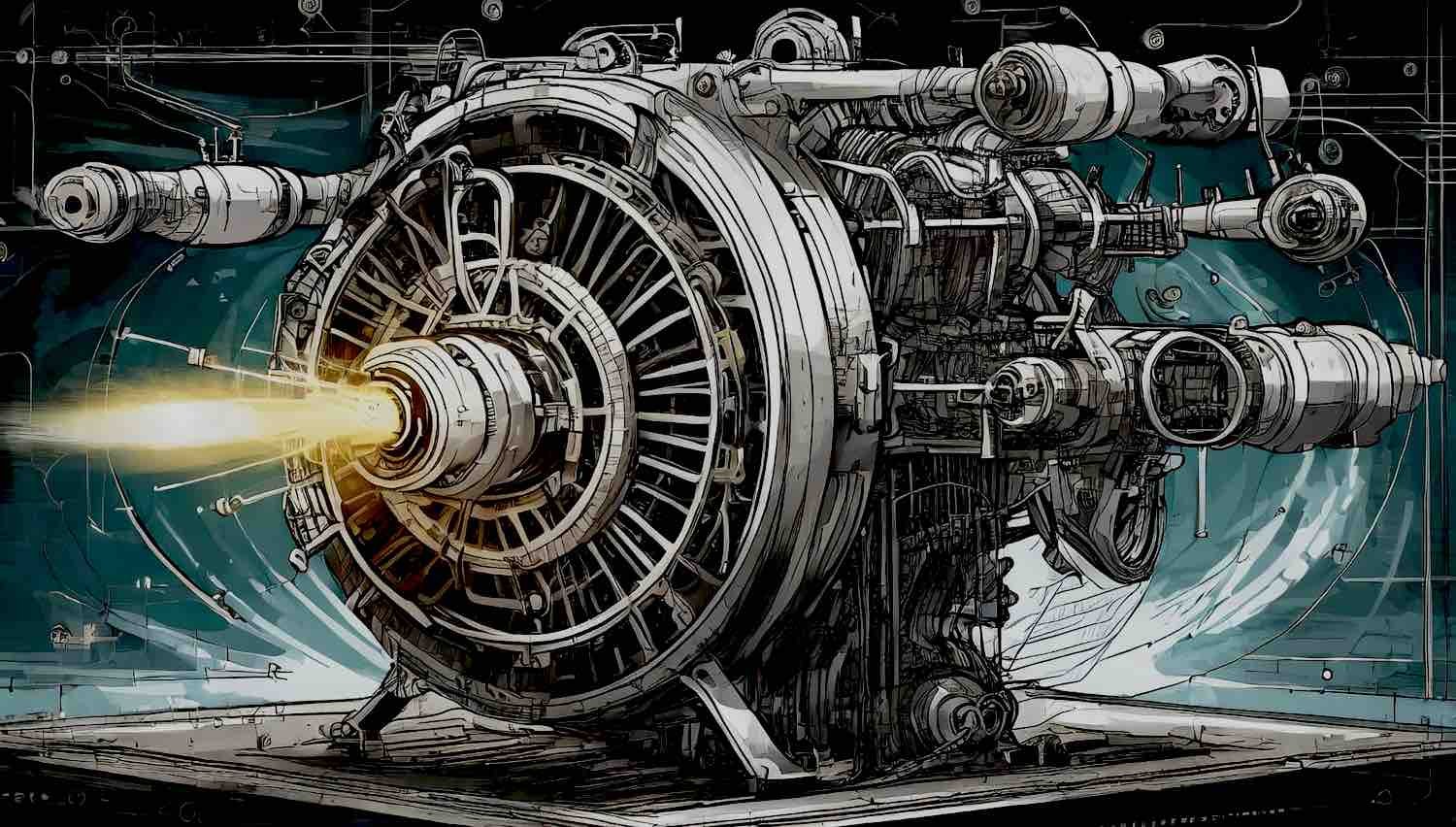- cross-posted to:
- futurology@futurology.today
- cross-posted to:
- futurology@futurology.today
Any time I hear claims that involve hitherto unknown laws of Physics I’m 99.99% sure I’m dealing with BS - but then again, some day someone will probably genuinely pull off such a discovery.

I’m gonna go out on a limb here and guess that NASA has physicists that understand how and why this thing works, and the article title is just bullshit.

they do, and tested it extensively… and determined it doesn’t provide any thrust and the earlier tests that showed a tiny bit were just sensors malfunctioning from the microwaves…
i’m going go ahead and call this article:
probably bullshit

it would be so cool though… a new force…

are you telling me this sucker runs on midichlorians?

i’m pretty sure it runs on flux capacitance

How many giggawatts? Last one didn’t do anything and we fed it 1.20.

9001 giggitywatts

It’s very likely, but it’s almost certainly going to involve an extreme thing we can barely measure. The whole reason physics is stuck where it is is that all the things we have access to are described perfectly by the system we have, even if it’s not fully self-consistent.

They literally are claiming they found a new fundamental force.
It’s bullshit. He’s a liar and “the debrief” should be goddamned ashamed of publishing this tripe.

[…] Another unusual result from their tests was that sometimes the tested devices did not require a constant input of electrical charge to maintain their thrust. Given that the device already appears to violate the known laws of physics by creating thrust without propellant, this result even stumped Dr. Buhler and his team.
Hold up a minute, not only does this thing generate momentum out of
essentiallynowhere“a new fundamental force”, it is also able to generate thrust without a constant supply of energy?If I told you my car could run without petrol, you’d call me a liar, but apparently this didn’t ring alarm bells to them?

It’s just an intern fucking with the scientist.
“You sure there isn’t any propellant in there?”
“Yes, professor, I’m positive! snicker”

“Your car CAN run without petrol. Liquify dinosaurs? You people are insane” - Fred Flintstone

I get the skepticism in the comments here, but having finished the article, the team seems as perplexed as the rest of us as to why/what is happening here, and seems very interested in getting outside scientists and companies to try and figure it out. Basically they don’t seem to be the standard vaporware sellers playbook, but of course, who knows, most things like this are total bullshit.
My fake conspiracy joke explanation: all those physics breaking lozenge ufos that have been making the rounds the last couple years are some lizard man tech we’ve had all along, and this is a half assed attempt to introduce the tech publicly without having to explain they had it already. OR similar vein, but the super-dimensional tic-tac operators (either aliens or multi-dimensional humans from the future like in interstellar) are trying to share this miracle tech with us and this is the avenue they chose.

That article reads like it was written by a middle school student.

Why do they talk about isolating it from the air, but not from conductive material around it?
Surely air is the easier of the two to do. If you’re concerned that it’s working by pushing on the air around it, just put the thing in a box. Measure the net force on the box; if it’s pushing on the air then that force will be 0.
My automatic assumption from the way they describe the machine is that if it’s not breaking the laws of physics, it’s probably pushing on conductive material nearby with an electrostatic force. You can mitigate that with a similar approach by surrounding it with a faraday cage I guess, but that part at least seems somewhat more tricky.
Disclaimer I know absolutely nothing about the issues involved but that’s my immediate take on it and it seems weird to me that they don’t mention anything about isolating it from conductive material.

it’s probably pushing on conductive material nearby with an electrostatic force.
You think a Doctorate expert in electrostatics would miss that?
Dr. Buhler’s background confirms that he is indeed one of NASA’s top experts in electrostatics. In addition to overseeing the management of electrostatic discharge (ESD) and ESD safety for the Space Shuttle, the ISS, and Hubble, Dr. Buhler also established NASA’s Electrostatics and Surface Physics Laboratory at Kennedy Space Center.

I do not, no. I am sure he thought of that in addition to 10 other factors I didn’t think of. I’m just saying it seems weird for it not to be mentioned in the article.

He wouldn’t be the first legitimate scientist to go off the rails into kooky land. He is of the generation that ate lead paint chips for breakfast.



WOOOoooooOOO woooOOOoooooOOO police! Drop the bullshit you scumbags! You’re going to woo jail!

I’ve heard of this years ago, and I teach basic electrical theory. I’m not an expert in electrical static discharge, and I can’t validate his work, but I can give my “dummy english” explanation of what I think he’s doing.
I’m hoping everyone here has rubbed a balloon and felt their hair stand up. Static charge can build up on an object, positive or negative, and they will repel like charges, which you’ve also probably done with a balloon. My understanding is they build massive repelling charges on the same fixed object, and off-balance them so electrostatically, compared to the local frame of reference, the object is impelled in one direction. Electrostatics at small scale can obviously defy gravity (ever pick a charged piece of styrofoam off your shirt?), but scaling and exceeding the frame of reference have always been the failing points. You can build huge potential to move with charge, but you need something to move against, in general. The charged styrofoam needs you to move your shirt to move in the previous example.



